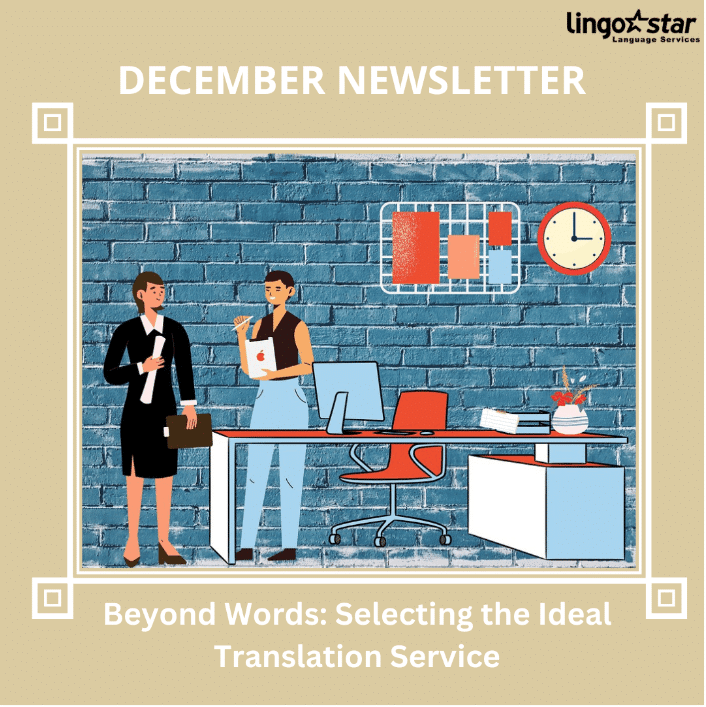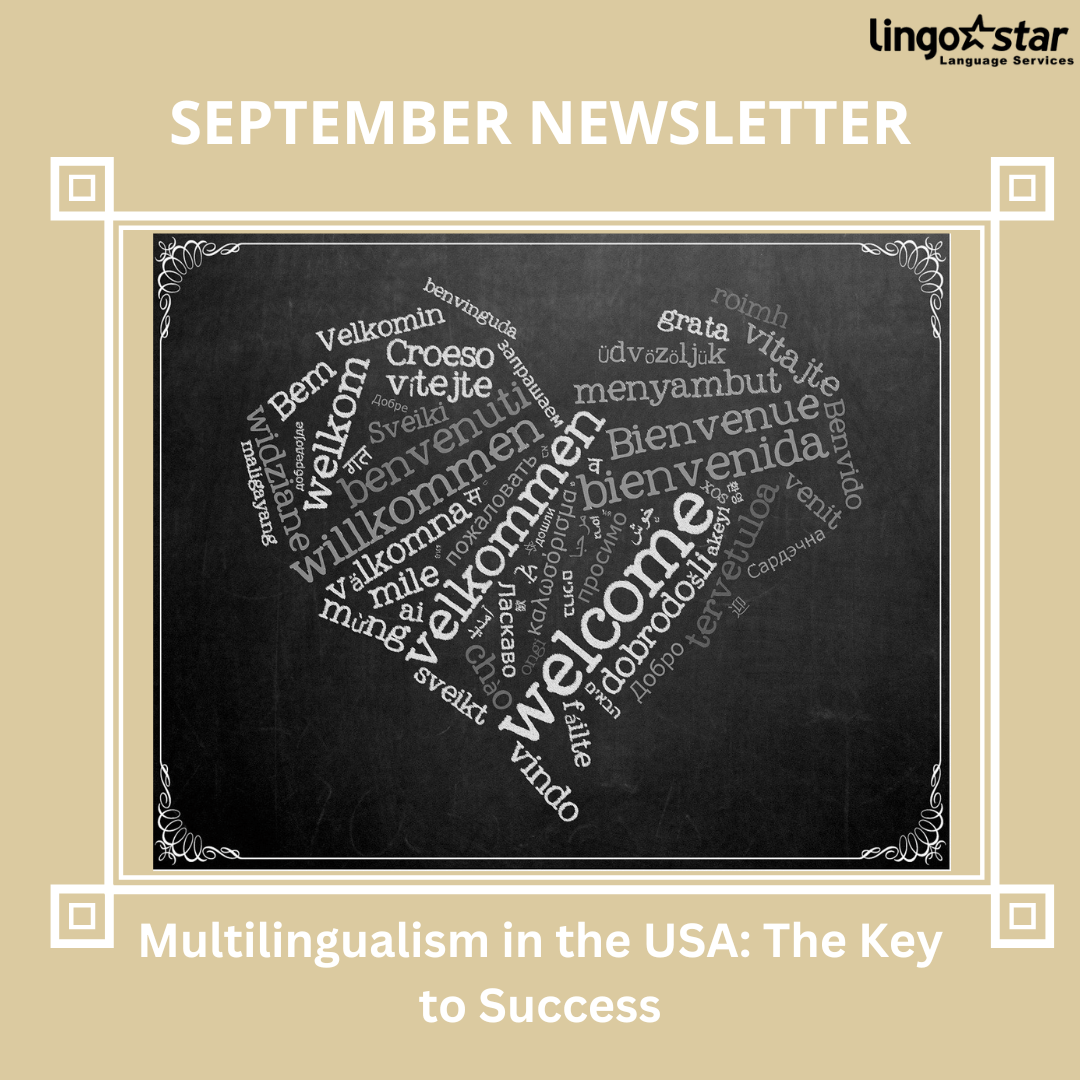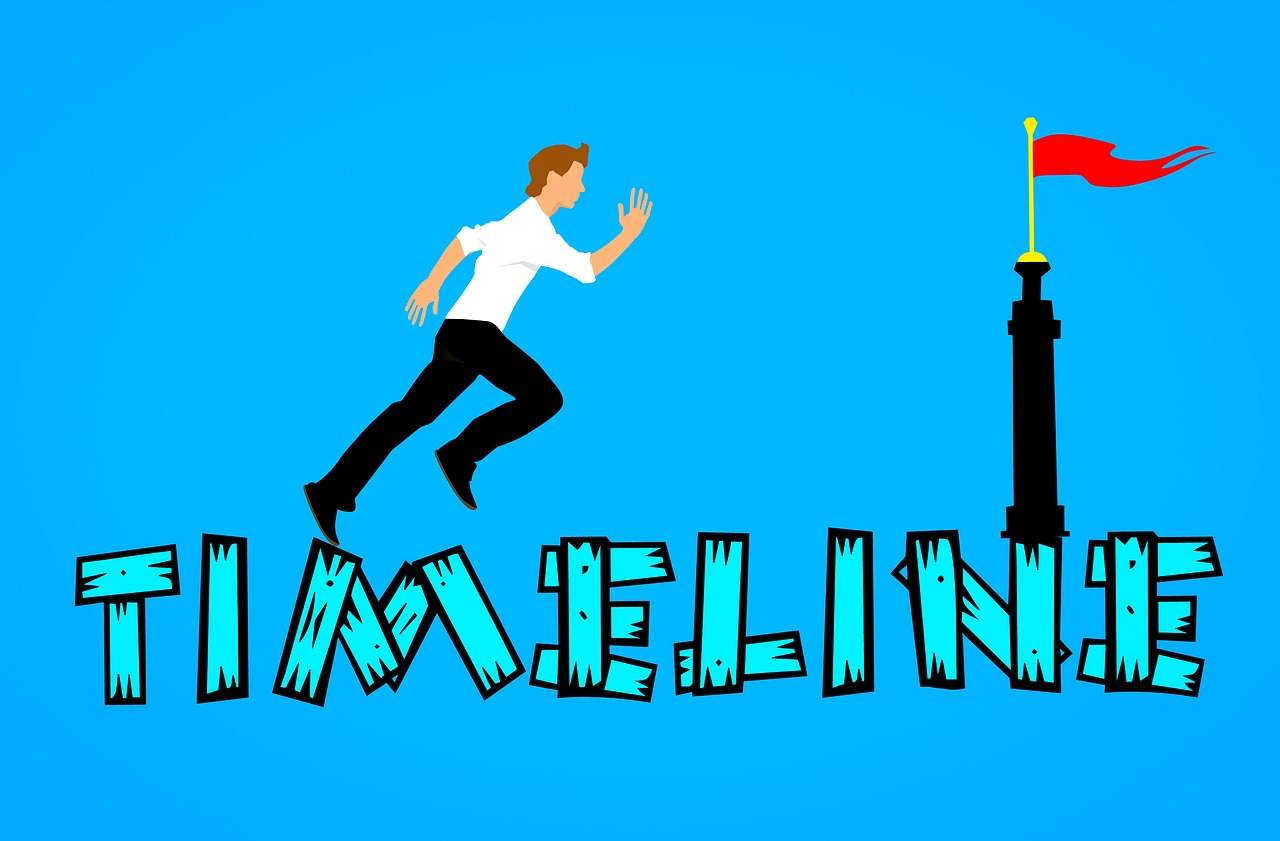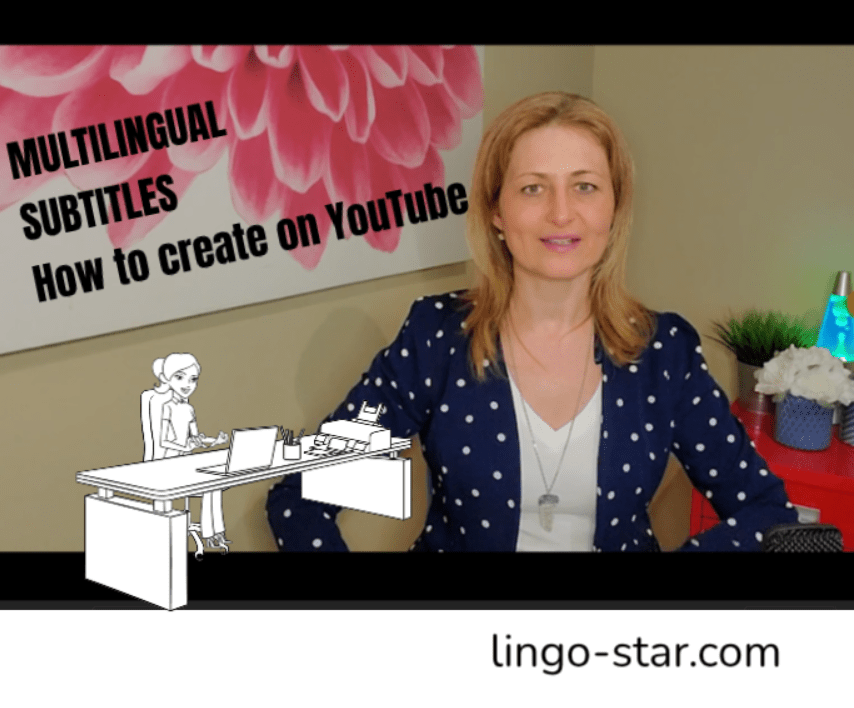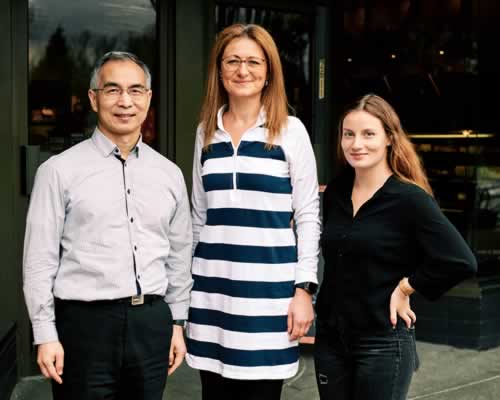Translation Services Canada – Welcome to LingoStar
Established in 2004, LingoStar Language Services is a versatile and resourceful language services company dedicated to excellence in quality and customer service. We provide cultural and industry-appropriate language solutions tailored to your specific needs. Ready to go global? Do you want to reach multilingual communities?
Read more about LingoStar’s translations…
Explore Website Translation & Localization | LingoStar
Interested in website translations? Go global with your multilingual site!
Read more about multilingual websites…
Download our FREE eBook or Read more about LingoStar website translation guide…
Website Translation Free E-book
TRANSLATION
LingoStar provides translation of all types of written documents of any kind of complexity. Whether it is a personal document, a complex medical report, a technical manual, or a patent of a new design – we are here to help you.
INTERPRETATION
Are you looking for the right person to interpret spoken texts in a conference, provide training, or translate verbal negotiations? LingoStar Language Services can help you find a professional interpreter that will fit your exact needs. Reach out to multilingual communities with our interpreters.
VOICE-OVER
All of your audio and media files need to be localized if you want to attract your target audience. Voice-over translation is perfect for this purpose. With LingoStar you can find the perfect voice-over artist to help your business reach your target market.
WEBSITE TRANSLATION
Do you want to establish credibility with international customers? We can provide website translation to French, Spanish, Chinese, Russian, and many other languages to help your customers understand and use your services or products.

GO CANADIAN. GO BILINGUAL.
We are a Canadian company and specialize in English to French translation.
Need translation from Canadian French into English or English into Canadian French?
EMPLOYMENT OPPORTUNITIES
LingoStar is looking for reliable freelance translators, interpreters, proofreaders, desktop publishers, voice-over artists, transcribers, tutors, tour guides and other language professionals who will work with us to deliver high quality services within set deadlines.
MOST RECENT BLOG ARTICLES
THE DANGERS OF GOOGLE TRANSLATE.
Google translate. Why should I hire a translator when I can get Google Translate to do it for free? Sadly, this is not an uncommon question. A few self-explanatory images available on the web would suffice to answer, but here is a more technical explanation of the dangers of using Google Translate. Google Translate is not 100% accurate. Google Translate will look for appropriate translations by searching for linguistic patterns within millions of documents already translated by human translators. However, if it has insufficient data, it can only guess based on what it does have, which can often be misleading or simply wrong. Google Translate produces unnatural translations. Even when it manages to produce grammatical sentences, they often are too literal and, as a consequence, sound awkward or funny to a native speaker of the target language. Google Translate doesn’t offer a quality check on its translations. As a result, users have no means to know whether the translation in the target language is good or not and they end up presenting weird translations to the public like the ones in the pictures above. These may manage to get a smile out of us, but the consequences of mistranslation can sometimes be quite serious. Let’s take the translation of food packaging as an example. If the translation of the ingredients on a package is not 100% accurate, it can cause severe problems for people with allergies or restrictive diets. In conclusion, language is just too complex for machines to understand all the grammar, context and nuances; Google Translate could never replace the work of a professional human translator. ... read moreTHE DIFFERENT TYPES OF MACHINE TRANSLATION
Machine translation. Machine translation (MT) is automatic translation through a software program without human assistance. It has recently been at the center of controversies regarding reliability and quality, but few people know that there are actually different types of machine translation: statistical, rule-based, and hybrid. Statistical Machine Translation (SMT) SMT uses statistical models derived from the analysis of bilingual text corpora, usually finding a correspondence between one word and another. This is, for example, what Google Translate does. SMT tools might help you to understand the basic meaning of a text, but they will not produce good quality translation. Rule-based Machine Translation (RBMT) RBMT, as indicated by its name, is based on grammar rules. The system generates sentences in a target language after analyzing grammatically both the source and the target languages involved. This is, for example, what Systran does. These software programs usually require tedious proofreading, and as they need a lot of lexicons, they only become efficient after long term use. Hybrid Machine Translation Hybrid MT is a mix of SMT and RBMT that also includes a translation memory and thus produces translations of a better quality. This tool can be used by translators to avoid translating the exact same sentence twice. However, linguists still doubt that this tool can help achieve higher quality translations or gain time because of the long editing part. This is why translation needs are still addressed by translators. If you need a translation, call LingoStar today or send us an email for a free quote! Here we have qualified translators from all over the world able to work on any kind... read moreTHE KEYWORD CRAZE: TRANSLATION AND SEARCH ENGINE OPTIMIZATION
Translation and Search Engine Optimization Nowadays the key to success for most companies is undoubtedly their visibility on the Internet market. When customers need a service or a product, they just type some words in a search engine and this will provide them with a list of pages relevant to their search. SEO (Search Engine Optimization) directly affects the visibility of a website by choosing the most effective keywords, so that it would appear at the top of the result list for its sector. Some tips to conduct a successful optimization include: – The choice of strings of two-three words instead of single words, as they are more specific and less competitive. Ideally you should try to think from the customer’s point of view and guess what strings they would use to search for your website; – A good keyword density. The higher the keyword density is, the more relevant to the search a page is; – The place of keywords. Keywords situated in URLs, file names, page titles and headings are easier to find than normal text, therefore they could significantly boost the page’s ranking if put in the right place. Last but not least: keyword localization. Localized strings help international users find your website; therefore their translation must be accurate. Simply using Google Translate is discouraged, what you need is a translation based on a specific context that can be adapted to a specific audience. Consequently, it is essential to give translators the means to understand the purpose of the keyword and the freedom to rephrase when necessary. This will make your business international and successful. Here... read moreLingoStar Translation Agency has launched a new series of interviews and stories about interesting people and artists who recount their life experiences to us. We are happy to know that there are so many talented, extraordinary people and that we have a chance to share these stories with you!
If you have a story to share with us, it can be featured here too!
Showcase your art & skills by providing us with an interview.
Do you love languages and different cultures? Tell us your life story!
Has translation helped your company thrive? Be our case study!
Working with LingoStar on many multilingual projects for both translation and voice-over is a real pleasure. Their work is extremely well-managed and the attention to detail – a must in the translation field – is outstanding. Thank you, LingoStar!
Gemma ScottLingoStar consistently delivers on time and in the format that best suits the needs of our business. We often need last-minute translations, and LingoStar’s highly professional team of translators has never disappointed.
Sina Noureddin
MOST TRANSLATED LANGUAGE PAIRS IN OUR OFFICES:
Vancouver
%
English to Chinese Translation
Toronto
%
English to French Translation
USA
%
English to Spanish Translation











